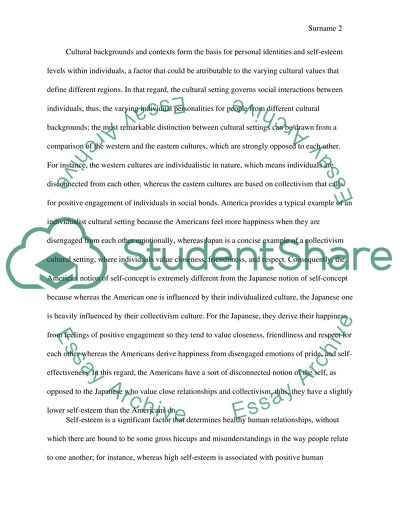Cite this document
(“Portfolio 1 Admission/Application Essay Example | Topics and Well Written Essays - 3000 words”, n.d.)
Retrieved from https://studentshare.org/psychology/1488666-portfolio
Retrieved from https://studentshare.org/psychology/1488666-portfolio
(Portfolio 1 Admission/Application Essay Example | Topics and Well Written Essays - 3000 Words)
https://studentshare.org/psychology/1488666-portfolio.
https://studentshare.org/psychology/1488666-portfolio.
“Portfolio 1 Admission/Application Essay Example | Topics and Well Written Essays - 3000 Words”, n.d. https://studentshare.org/psychology/1488666-portfolio.


